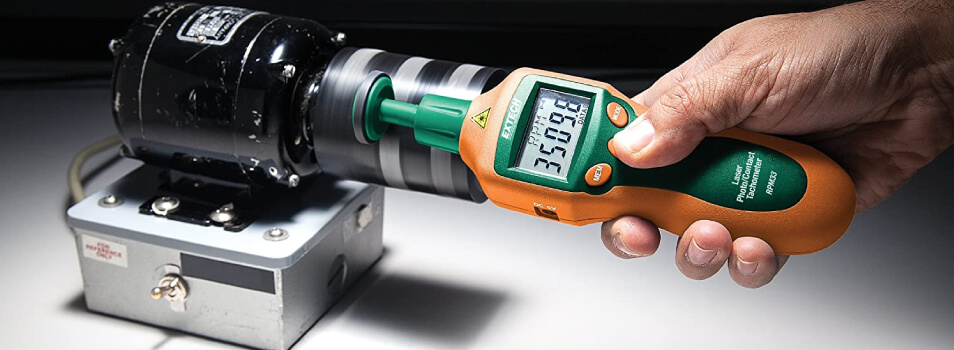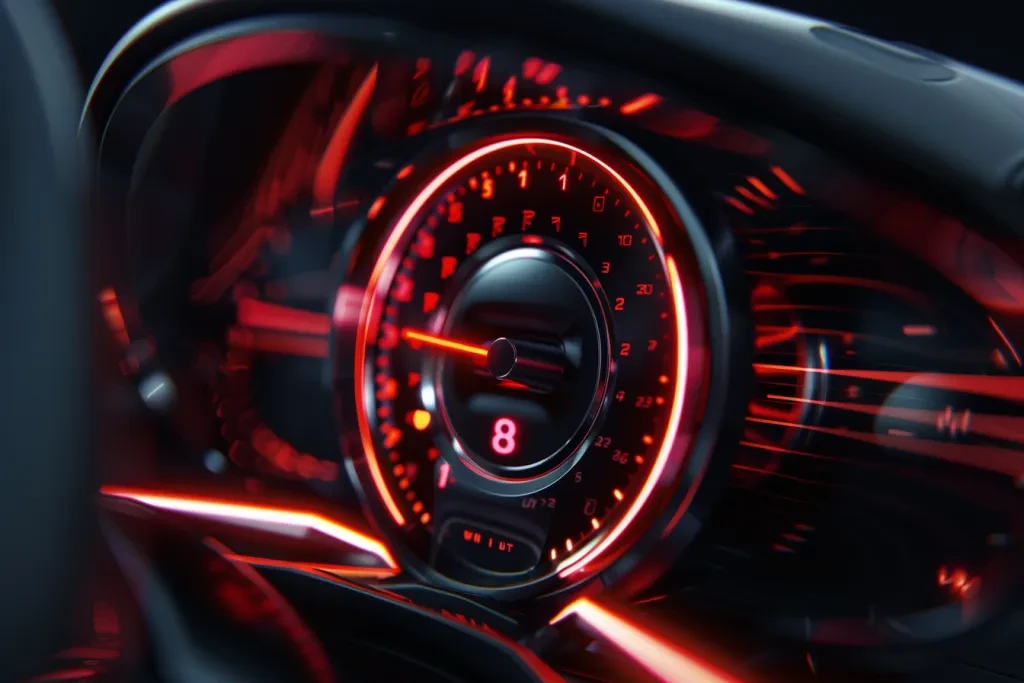
How to Check Tachometer Signal for Accurate Readings?
Share
Understanding how to check the tachometer signal is essential for tech professionals and enthusiasts alike. A tachometer is a crucial instrument in many vehicles and machines, providing real-time data about rotational speed. Knowing how to accurately check the signal can help in diagnosing potential problems early.
The **tachometer signal** is vital in ensuring that your vehicle operates efficiently. A faulty signal can lead to incorrect readings, which can affect the performance of your engine or machinery. In this article, we will explore various methods for checking the tachometer signal, troubleshooting issues, and ensuring optimal performance.

Understanding the Basics of a Tachometer
Before diving into how to check tachometer signals, its important to grasp the basic functioning of a tachometer. It measures the speed of rotation of a shaft, typically expressed in revolutions per minute (RPM). Different types of tachometers are available, including digital and mechanical, each functioning with specific methods. For a comprehensive breakdown on tachometers, check out this overview of tachometers.
Tools Needed for Checking Tachometer Signal
Having the right tools is essential when checking the tachometer signal. Here are some must-have tools:
- Digital Multimeter: Used for measuring the electrical signals.
- Oscilloscope: For more advanced signal checking.
- Wiring diagrams: To trace and understand wiring connections.
- Socket set and screwdrivers: For disassembling parts if necessary.
Step-by-Step Method: How to Check Tachometer Signal
1. Reviewing the Wiring Diagram
Before checking the signal, refer to the wiring diagram of your tachometer. This will help in identifying the correct wires to test. For guidance on installation, visit this resource on installing tachometers.
2. Connecting the Multimeter
Set your digital multimeter to measure voltage. Connect the positive lead (red) to the tachometer signal wire and the negative lead (black) to the ground. Turn on the ignition without starting the engine and check the voltage reading. You should receive a stable reading, indicating a good signal.
3. Using an Oscilloscope
If further analysis is required, connect an oscilloscope to the signal wire. Start the engine and observe the waveform displayed. A clean, sinusoidal waveform indicates a healthy tachometer signal. Any distortions may indicate problems with the signal or the tachometer itself.
4. Checking for Mechanical Problems
If electrical signals are within normal range, but readings remain incorrect, mechanical issues may be at play. Check the tachometer drive gears or belts for wear and tear. This aspect is equally important in understanding how to check the tachometer signal.
Troubleshooting Common Issues
Even the best systems can face issues. If you're having trouble reading the tachometer signal, consider these troubleshooting steps:
- Check Connections: Loose or corroded connections can interrupt the signal.
- Inspect Components: Look for damaged components like resistors or capacitors in the tachometer circuitry.
- Test with a Different Tachometer: If you're still in doubt, swap out with a known good tachometer to test.
Conclusion
Knowing how to check the tachometer signal is an invaluable skill for tech professionals and enthusiasts. It allows for timely diagnosis and maintenance of vehicles and machinery, ensuring they run smoothly. For further knowledge on this subject, check this tutorial on building a tachometer.

FAQs
1. What does a tachometer measure?
A tachometer measures the rotational speed of an engine's crankshaft or another rotating part, typically indicated in RPM.
2. How can I know if my tachometer is working correctly?
You can check the tachometer signal with a multimeter or oscilloscope. If the readings are stable and clear, it's functioning properly.
3. What causes tachometer signal issues?
Signal issues can arise from loose connections, electrical interference, or mechanical failures related to the tachometer or its sensors.
For more insights into tachometers, check out this detailed explanation.
